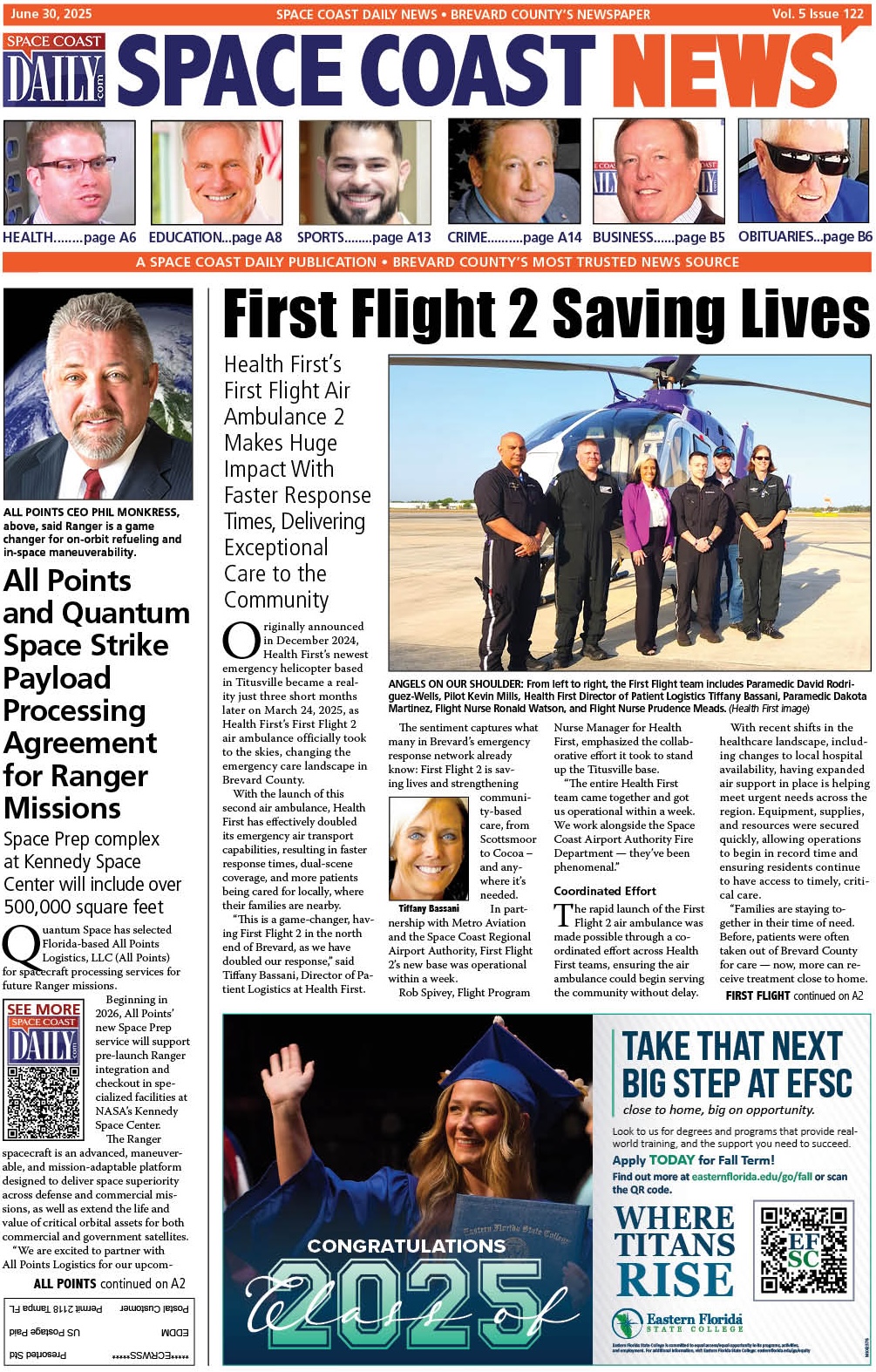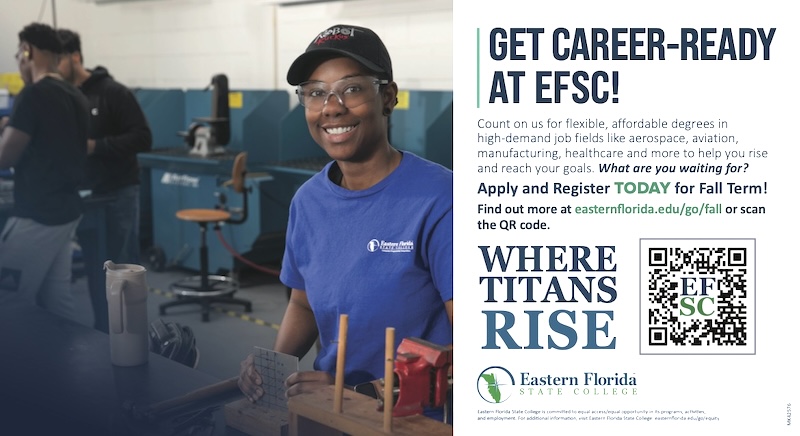Why Transporting Goods Has Experienced a Big Change in the Past Two Years
By Space Coast Daily // January 7, 2022

When it comes to transportation, one thing is certain: you should expect the unexpected. From hurricanes to wild animals, several things can disrupt regular transit times and alter the landscape of your shipping needs. We’ve got it covered if you want to know what’s on the horizon for the transport industry.
For starters, the growth of online shopping (and the associated higher demand for e-commerce shipping) is the most prominent trend facing the transport sector this year.
With 50 percent of U.S. consumers now making purchases online, it’s safe to say that this shift has well and truly taken off. When they shop on their tablet or mobile device, they’re not just looking at products; they’re making purchasing decisions.
You might think that more online orders would lead to longer lines at shipping warehouses, but there’s a silver lining to this trend: online shoppers are also becoming more package-savvy.
They’re choosing services like two-day shipping instead of next-day delivery, for example, and opting for FedEx or Kinkos locations instead of dropping off shipments at their local post office. These trends will allow packages to move faster in transit, even as the number of shipments increases.
Here are ten trends that will shape the transport sector in 2022:
Drone Delivery
Between 2012 and 2017, drone companies have raised nearly $3b in venture capital funding, largely because of the possibilities drones provide to the shipping industry. While drones can be used to deliver items directly to customers, startups like Drone America are focusing on using drones as a way to supplement current deliveries.
Recent deals with Amazon, Dominos, and others show that drones have the potential to increase efficiency in delivery rapidly. By using drones, these companies will be able to avoid traffic congestion and other transportation issues that may make it impossible for a package to arrive on time.
3D Printing Of Products Is Now A Thing – What started as an expensive novelty, 3D printing is now far more common than you may think. As more people embrace this new way of manufacturing products, this trend will continue to grow into common practice. However, the one thing holding it back from complete domination is the high cost of materials used for printing.
Electric Vehicles: A Recent Transportation Trend – The good old-fashioned internal combustion engine isn’t quite dead yet, but it’s clear that electric cars are on the rise. It’s an exciting time for people who love new technology, as this major change in transportation means a lot for those in the industry. While it’s true that not everyone can afford an electric car just yet, many people are interested in owning one. That’s because electric vehicles are trending and pushing companies to reconsider their options for delivery.
Parcel delivery
Parcel delivery is changing as e-commerce continues to grow rapidly and brick-and-mortar stores continue to struggle. In addition, consumers have become more demanding regarding their shopping experience. They want to shop from home and be able to receive their packages quickly. In the past two years, we’ve seen a massive uptick in e-commerce sales and a drop in bricks and mortar profits. This shift has led to increased last-mile delivery executed by both the United States Postal Service and private carriers. These carriers need to be equipped with mobile solutions that will allow them to track shipments in real-time and reduce costs to stay competitive.
Super tip: Payment processing
Before credit cards and e-wallets, debit cards and checks were the most popular forms of currency. While checks worked in moving funds from one bank account to another, the transaction process was slow, making sending or receiving money slow.
With online and mobile payment processing changing the way we use checks, debit cards, credit cards, and e-wallets, it is now easier to transfer money from one bank account. With online delivery services such as RakutenSL Fulfillment, you can easily process payments through your store. Processing payments through your store also makes it easier for potential customers to make their payments easily.
Trucks will soon be able to drive themselves autonomously. Autonomous trucks are already in use in Europe, Australia, and Asia, but they’re slowly coming to America. This development would allow truckers to do other things while the truck is driving itself from point A to point B. This would decrease the need for a driver and give them more time to rest, possibly leading to even less unemployment for drivers.
The Rise Of The Robot Shipping Agents
Robotic agents are now making their way into the transport industry. From helping to pack and load your products to tracking their progress through delivery, these automated agents aim to solve the major issues with shipping, including improved safety and increased efficiency. It’s predicted that by 2022, these robots will account for over 50% of all shipments.
Decentralized Logistics.
This is the idea of using multiple small players in the movement of goods rather than relying on large carriers. These transport companies can be community-based and are usually more flexible and reliable than larger transport companies.
Fleets are moving away from ownership.
It’s not unusual to read about a company like Uber, Lyft or Zipcar, because we all know by now that ride-sharing has changed everything about how we travel. However, you may not realize that transport companies are also moving away from ownership and towards subscription models.
In fact, according to a PWC report, “the shift from a capital-intensive to a flexible operating model will reduce costs through increased asset utilization and by removing the need for large fleets of vehicles.
A change in how businesses use ships
As climate change and environmental degradation continue worldwide, it’s likely that shoppers will begin investing more time and money in green shipping. This could lead to more companies using ships as a means of transportation instead of planes.
Over the past few years, there has been a shift towards cargo ships versus commercial airlines in countries such as China due to this very reason.
With larger ships able to hold more goods than ever before, they’re also able to make journeys without a refuel, which means they burn less fuel and release fewer emissions into the atmosphere. More cargo ships mean fewer emissions, which means a healthier planet.
Virtual Reality
Virtual reality (VR) will allow users to book rides, follow their driver’s route, and check inventory status in real-time. It will also allow users to keep track of deliveries and remotely open containers easily.












